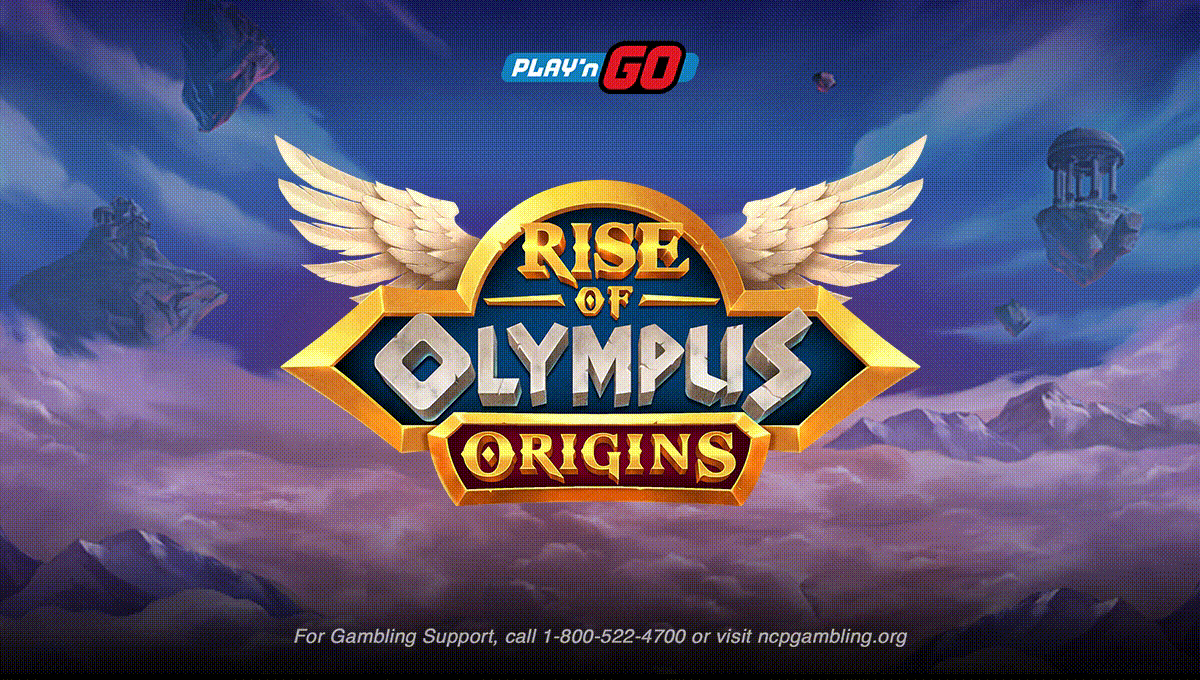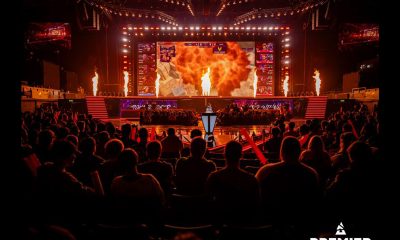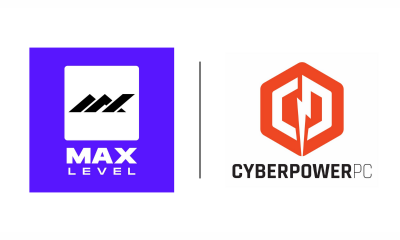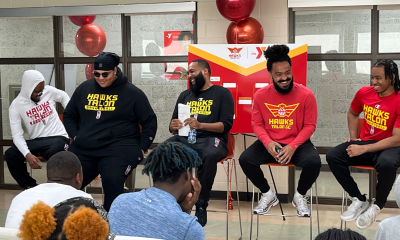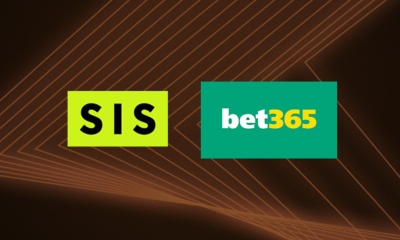eSports
The Game Awards 2023: The Rise of eSports from Start to Finish

The rise of eSports
In the ever-evolving landscape of entertainment, few industries have witnessed a meteoric rise quite like eSports. What once started as a niche in the gaming world has now grown into a global sensation, captivating both amateur and professional players with its competitive events, life-changing cash prizes, and viewership figures in the hundreds of millions. Domain and hosting experts Fasthosts has compiled a brief overview of the rise of eSports, and competitive gaming throughout the years, and where the future may take the industry.
The Start of Competitive Gaming
eSports, at its core, revolves around competitive video gaming, and has experienced exponential growth over the past five decades. The earliest known gaming competition stems back to 1972, when Stanford University hosted a contest featuring the science fiction rocket game ‘Spacewar’. The event – orchestrated by sports reporter Stewart Brand – showcased the potential of video games as an “exhilarating spectator sport”, setting the stage for what was to come.
The Slow but Steady Rise
For several decades, the popularity of eSports experienced a gradual rise. In the pre-internet era, arcade tournaments provided the battleground for players, with magazines and record books recognising top players’ achievements. The 1990s marked a turning point as gaming tournaments began to gain traction, offering increasingly substantial prize pools. The technological advancements in video game consoles, and internet and PC gaming paved the way for a prosperous decade for the industry. At the end of the 90s we saw the internet cafe boom where young players would meet and play together in PC cafes, which was the start of the strong youth social gaming culture you see today.
The New Millennium
It was the early 2000s that witnessed the true birth of eSports as leagues and tournaments started to take shape around iconic titles like Counter-Strike, StarCraft, and Warcraft III. In 2001, the first World Cyber Games was held in Seoul. The tournament featured several popular games and attracted over 174,000 participants from 17 countries, making for an unexpected global success. In 2005, the CPL World Tour or Cyberathlete Professional League became the first event to have a prize pool offering over $1 million, demonstrating the start of life changing prizes that go hand in hand with competitive gaming.
Streaming Platforms: The Catalyst for Growth
From 2010 onwards, the world witnessed the revolutionary impact of online streaming platforms like Twitch.tv and Youtube Gaming, leading to skyrocketing eSports viewership figures. When Twitch launched, the ‘League of Legends’ world championship viewership figures went from 1.7 million in 2011 to 8.2 million in 2012, and to 32 million in 2013.
These streaming platforms connected fans worldwide, allowing them to tune into live events from home. The large viewing figures, advertising, and sponsorship opportunities led to investors starting their own teams, and household game developers creating leagues and tournaments. It became standard for eSports events to attract millions of viewers, and the landscape of competitive gaming had been transformed.
The Summit
In 2015, eSports reached a defining moment with The International 2015: Dota 2 Championships. The prize pool offered a staggering $18 million, breaking records and solidifying eSports’ place on the global stage. This marked a monumental shift, proving that tournaments could rival traditional sports events in terms of both prize money and profitability.
The New Decade: eSports Takes Centre Stage
As the calendar turned to the 2020s, eSports entered a new era. The decade began with some of the largest tournaments in history, attracting millions of spectators and providing the largest prize pools seen to date such as The 2021 International Dota 2 Championships which took place in Bucharest Romania, offering a $40,018,400.00 prize pool – the largest prize at the time.
By 2020, it had become increasingly common to see the term “professional eSports player” conceptualising the individuals dedicating their lives to competitive gaming, undergoing strict routines and training in the unique journey of becoming the world’s next best gaming athlete.
The Future
At present, the most-viewed tournaments are impressive spectacles in their own right, with titles like ‘Free Fire World Series’, ‘League of Legends’, and ‘Mobile Legends: Bang Bang’ drawing millions of viewers. Looking to the future, in August 2023, Saudi Arabian tournament organiser Gamers8 ran their ‘The Land of Heroes’ tournament with a colossal prize of $45 million dollars, a figure that we will see constantly being pushed higher in tournaments in following years. And according to BeyonGames.biz, the eSports market is estimated to grow at 21.81% between 2022 and 2027, with the size of the market expected to increase by $3,515.1 million.
The journey of competitive gaming from its humble beginnings to its current global standing is a testament to its enduring appeal and cultural impact. With its exhilarating competition and substantial rewards, eSports has become a true force in the entertainment world. As the industry continues to innovate and evolve, one thing remains clear: this isn’t just a passing trend. It’s a phenomenon that has permanently transformed the way we engage with and celebrate competitive gaming.
eSports
Community Gaming Joins Forces with Moonton as Official Esports Partner for Mobile Legends: Bang Bang
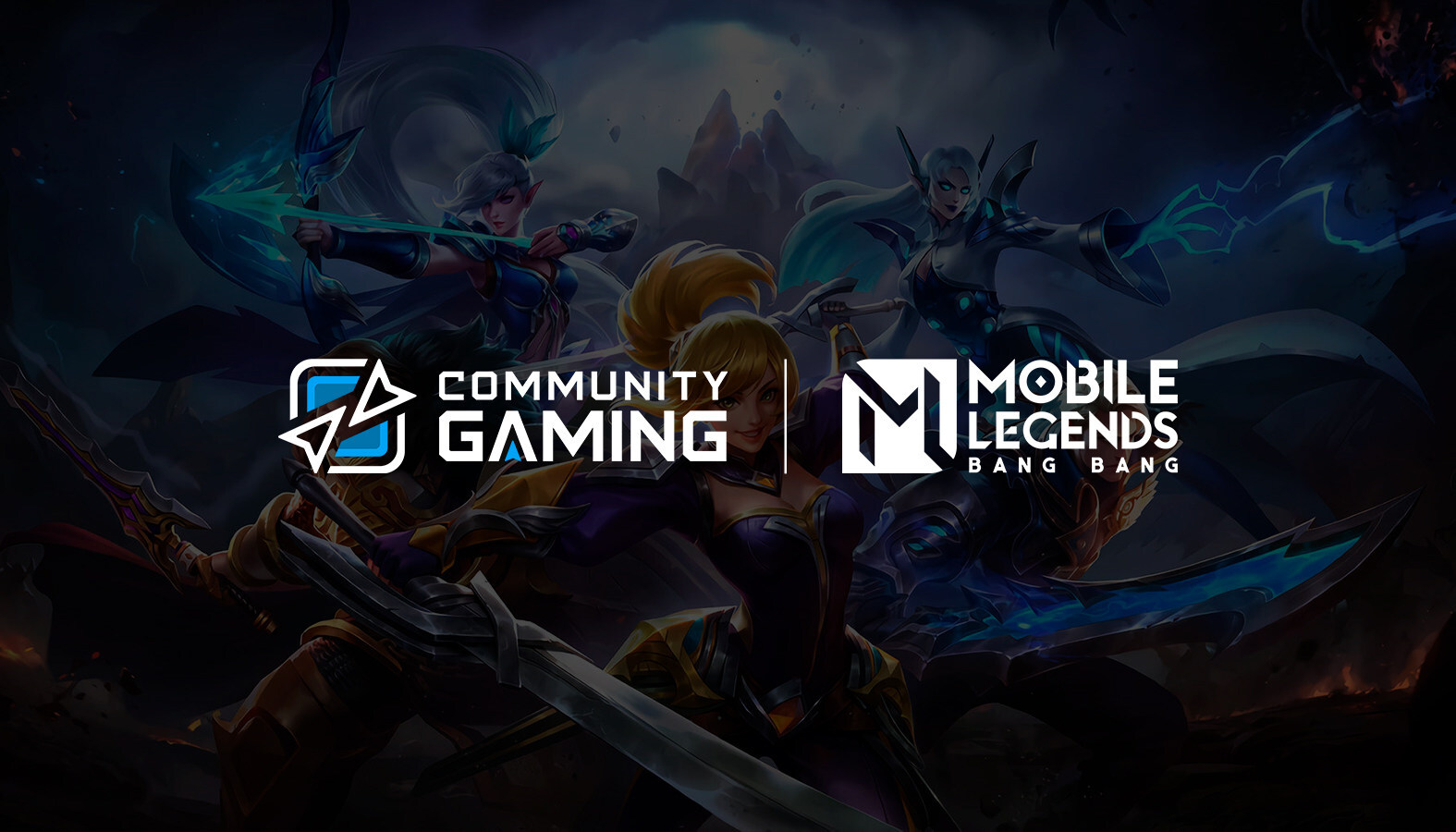
Community Gaming (CG), the leading esports platform for automated tournament payouts and sponsor of the Mobile Legends: Bang Bang’s professional league for the Latin America Region, MPL LATAM, now supports developing esports communities in Latin America in collaboration with Moonton.
This partnership is a significant boost to CG’s existing advantages associated with its grant program, a partner-backed initiative to provide organizers with economic resources based on the performance and growth of their local gaming communities. Tournament organizers can apply to receive platform support, prizes, in-game currency, items, and tournament professional assistance including “Tournament Mode,” a special setting on Mobile Legends: Bang Bang that grants organizers enhanced features, such as unlocking all available skins in the game for players to fully enjoy a complete and unique MLBB pro tournament experience.
Wei Xu, regional esports operation manager at Moonton, said: “We are excited to announce the partnership with Community Gaming. Community Gaming is the most accepted esports platform in our community in Latin America. We hope this partnership brings new experiences to the players.”
As MPL comes to its end this year, CG will also be collaborating with MLBB professional teams for a flash $4000 prize tournament set to enhance the visibility of the company’s services. This event marks a pivotal moment set to highlight CG’s preparedness to impact the professional MLBB scene.
Community Gaming and Moonton are no strangers to mutual cooperation. In the past both companies have partnered to develop the Dawn of Heroes Series, a set of events in 2021 and 2022 that offered qualifying slots to MLBB’s Signature Competition, Liga LATAM. The companies have also worked together on Peru’s University Tournament INTERU 2023 and currently Community Gaming hosts significant activity of MLBB Tournaments from over 12 countries on a monthly basis.
eSports
Esports player age verification should be simple

Despite the continuing professionalisation of esports, misconceptions about player age persist – particularly of underage pros playing in professional esports.
Back in 2021, the PandaScore whitepaper dug into the data around player age in professional esports and found that the average age of a pro player was just under 24 years old. By comparison, the same report noted that the average age for a men’s professional footballer was about 26 years old.
While there is no great gulf in player ages between esports and traditional sports, there’s more apprehension around this topic once there’s a keyboard or controller involved. There are good reasons behind this focus, but the truth is that a simple and straightforward product makes player age verification easy.
The reason behind the focus on player age
Compliance with player age requirements has been a particular concern as legalised sports and esports betting rolls out across the US. These are completely reasonable concerns, partly because of the state-by-state nature of American regulation, but also due to past compliance issues in the likes of ITF tennis.
Age compliance isn’t a challenge unique to esports. It does have younger players in the same way tennis does, so it’s a space that operators consider a potential risk area based on precedent. While it’s understandable to be vigilant about ensuring age compliance across your whole book, the reality in esports is it’s just like any other sport.
However, with this greater attention, it’s crucial for esports suppliers to have a simple, high-quality solution that is flexible for any jurisdiction – and not just treat it as a spreadsheet-based, tack-on service.
Importance in the US
It’s abundantly clear that if you want to ensure compliance in the US space, player age verification isn’t a nice to have, it’s an integral part of your product. Across each jurisdiction player age verification can vary – something we’ve seen in Europe as well such as Sweden’s rule that a match must have 60% of players over the age of 18 for an operator to offer match bets.
In sports, it’s fairly straightforward to implement but has been an oversight from sports data providers in the past. It’s quite easy to provide, it just requires collecting data from multiple, reputable sources outside of the match itself.
PandaScore has been collecting player age verification data since it was founded in 2017 to ensure compliance no matter the regulation, no matter the jurisdiction.
Embedding player age verification in your product
Ensuring age compliance was a founding principle for our product suite – we included it as a key datapoint in our API, which is the bedrock of our broader offering. Suppliers should have this embedded in their products, rather than an additional service.
PandaScore believes that offering player age verification as part of an API and integrated into your service means you can be more confident in your compliance not just for individual esports titles, but from match to match.
For us it’s simple: one of PandaScore’s founding principles is to not rely on only one single data source, but leverage multiple quality data sources that we can trust. We have a longstanding and highly developed process that guarantees a level of accuracy for player age verification that’s in line with regulation and gives operators the confidence that they’re compliant. Our practice of using multiple data sources means that double and triple-checking information to ensure player age compliance is in our nature.
With player age verification built into an API, operators can leverage the data to match the compliance needs of any given jurisdiction. This can be done by integrating player age data via the API, it can be included in their feed via our odds product with the flexibility to add exclusions where necessary, or if an operators wants it in a simper form, it can be done via request.
Player age verification might seem like a simple item, but is a compliance matter that’s essential to operating in a proper fashion. Noting the concerns and greater focus on player ages in esports, it’s something that’s important to get right: player age verification should be entrenched in esports products themselves to give operators the flexibility and simplicity that they need.
Author: Oliver Niner, Head of Sales at PandaScore.
eSports
CS2 Intel Extreme Masters Rio 2024 SuperComputer: NaVi to bounce back after Blast Fall Final loss
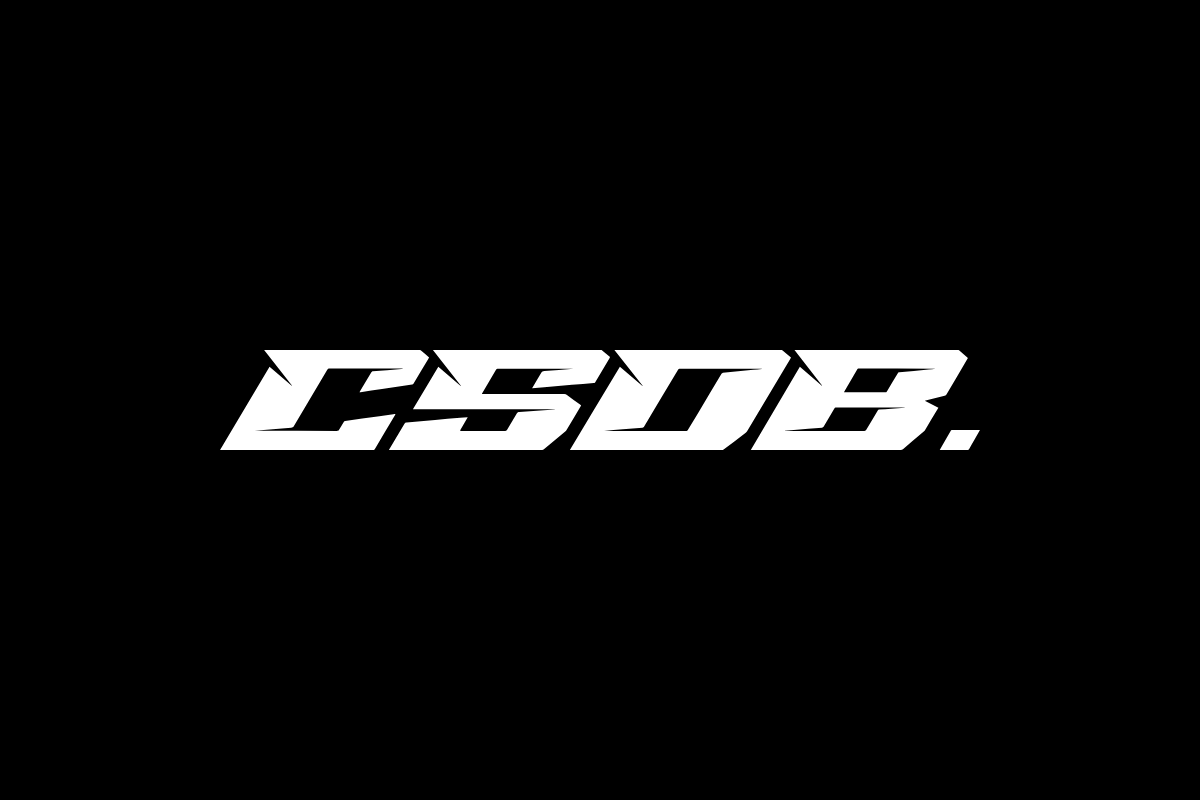
Final: Natus Vincere (36.5%) to beat Team Vitality (28.1%)
Semifinal 1: Natus Vincere (52.6%) to beat MOUZ (16.3%)
Semifinal 2: Team Vitality (47.7%) to beat G2 Esports (18.7%)
Quarterfinal 1: G2 Esports (39.8%) to beat FaZe Clan (32.8%)
Quarterfinal 2: MOUZ (35.9%) to beat Eternal Fire (24.7%)
Group stage:
-
Natus Vincere – 48.7% to finish 1st; 17.0% to finish 2nd; 84.1% to make playoffs
-
Team Vitality – 40.8% to finish 1st; 17.4% to finish 2nd; 77.7% to make playoffs
-
G2 Esports – 19.3% to finish 1st; 20.4% to finish 2nd; 56.7% to make playoffs
-
MOUZ – 14.5% to finish 1st; 21.8% to finish 2nd; 53.0% to make playoffs
-
FaZe Clan – 13.9% to finish 1st; 21.0% to finish 2nd; 50.2% to make playoffs
-
Eternal Flame – 40.7% to finish 1st; 16.2% to finish 2nd; 40.7% to make playoffs
-
Liquid – 16.3% to finish 7-8th; 35.7% to make playoffs
-
Virtus.pro – 15.4% to finish 7-8th; 29.9% to make playoffs
-
Astralis – 28.9% to finish 9-12th; 31.5% to make playoffs
-
The MongolZ – 32.7% to finish 9-12th; 25.4% to make playoffs
-
Complexity – 34.3% to finish 9-12th; 21.2% to make playoffs
-
Heroic – 26.8% to finish 9-12th; 23.5% to make playoffs
-
paiN – 36.5% to finish 13-16th; 21.0% to make playoffs
-
FURIA – 36.4% to finish 13-16th; 20.9% to make playoffs
-
9z – 44.7% to finish 13-16th; 14.6% to make playoffs
-
Imperial – 49.1% to finish 13-16th; 13.9% to make playoffs
It has been quite the run for NaVi despite their loss with back to back grand finals in recent weeks but CSDB.gg’s predictive model suggests there will be no let up for the Ukrainian esports organisation.
G2 will also be looking to build more momentum in preparation for Majors season with NiKo on a quest to finally get over the line this year to win his first major title. Hopefully Rio won’t have to see a repeat of his reaction in the semifinals at BLAST Premier Fall Final 2024 where he punched a hole in a table after losing out to Team Vitality in a key moment.
However, the hosts of Intel Extreme Masters Rio 2024 may want to lockdown any nearby furniture and reinforce their desks if G2 are set for disappointment at the semifinals stage as predicted by the CSDB.gg SuperComputer.
A victory in Rio could be even more consequential for how the end of the year shapes up for the leading teams on the circuit. The Valve Global rankings have both teams close at the very top (NaVi at 1988 and G2 at 1953) meaning a win for either team could hand them a key advantage when it comes to who enters the Majors as top seed.
Back-to-back wins in T1 events for G2, should they prosper in Rio, would set the Berlin-based team on an incredible trajectory going into the winter months.
Meanwhile, Brazilian hopes for glory look slight according to the CSDB.gg SuperComputer with FURIA, the team co-owned by Neymar, having only been given a 20.9% chance of even making the playoffs.
They are the leading contenders to make an impact for the home crowd but there are other teams flying the flag for Brazil with paiN and Imperial also set to give it their best to give local fans something to cheer on.
In terms of forecasted matchups of note, G2 and FaZe Clan could offer up a fascinating encounter in the quarterfinals should both teams qualify, with each organisation rated as having a strong chance of making the semis with little to separate them should they meet.
How was the CSDB.gg CS2 Tournament SuperComputer created?
The CSDB.gg CS2 Tournament SuperComputer is a predictive model created using world ranking points, team quality ratings and performance trends. An element of randomness is also included in the model to avoid the best teams and players always winning, to reflect the fact that upsets can happen.
Every tournament is simulated 1,000 times with the results aggregated into a percentage rating of the chances teams or players have to achieve the predicted result.
-

 Interviews7 days ago
Interviews7 days agoAxel Antillon: Our Peru entry is a major milestone for WA.Technology
-
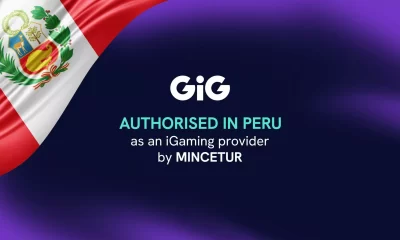
 Compliance Updates6 days ago
Compliance Updates6 days agoGiG grows regulated market footprint with new B2B supplier authorisation for Peru
-

 Latest News5 days ago
Latest News5 days agoHarrah’s Cherokee Valley River’s New Hotel Tower Nears Completion
-

 Latest News6 days ago
Latest News6 days agoPatrick Homm to Lead Scientific Games International Lottery Systems Technology
-
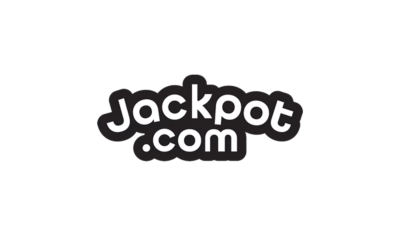
 Latest News6 days ago
Latest News6 days agoLottery Courier Jackpot.com Launches Digital “Scratchers”
-

 Latest News2 days ago
Latest News2 days agoLos Angeles Rams launch Next Gen Stats-powered, in-stadium highlights through new collaboration with Genius Sports
-

 Latest News6 days ago
Latest News6 days agoDiffusionData Appoints Raphael Vergnaud as CRO
-
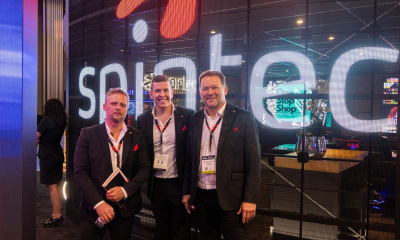
 Press Releases6 days ago
Press Releases6 days agoSpintec Introduces a Host of New Products at G2E


